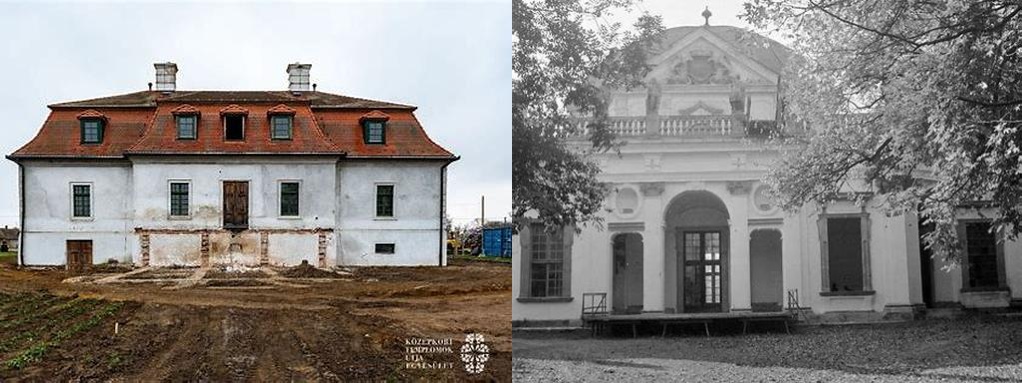
Török-kúria sits quietly on the edge of the picturesque town of Kisbér, a spot on the map that might easily be overlooked on a whirlwind dash across Hungary. Yet, for those who love stories gently etched into old walls, or who have a nose for the textured past beneath the gloss of newly painted doors, this manor has a way of snaring imaginations. Despite the name, there is nothing particularly Turkish about this stately mansion, and the story gets all the more interesting the longer you stay to puzzle it out.
The nickname “Turkish Mansion” is a bit of a red herring. Built in the early 19th century, the estate was actually commissioned by the Török family (Török being a very Hungarian surname, despite sounding suspiciously like the country to the southeast). The mansion stands as a remnant of an age when nobility built country homes not just as boltholes, but as statements. Each room, window, and ornamental cornice still murmurs the ambitions and aspirations of landed gentry now long gone. Passing through the gates on a quiet weekday, you might imagine what it was like in 1827 when the Töröks moved in, the sweep of horse-drawn carriages on gravel, the laughter between rounds of cards in the drawing room in the glow of early evening.
What really keeps the Török-kúria interesting is not just its ancestry or even its architectural articulation, but its sense of lived history. During the centuries since its construction, the mansion has been home to more than just gentry. Under Baron Lajos Török, whose tenure in the mid-19th century coincided with Hungary’s era of reform, the mansion became a kind of local hub, a gathering place for ideas as much as people. The estate has since seen war, the shudder of revolutions, and the make-do patchwork of later generations repurposing spaces under new times: first as a sanatorium, then as an agricultural school. You can still see traces of its multiple lives. If walls could talk, these would hum with snippets of lessons and ghostly echoes of a thousand footsteps across worn wooden floors.
Today, wandering the manor’s generous halls, you’re shadowed by the sense that this was never just a shell for show. The central hall, with its tall, symmetrical windows and a gracious sweep of staircase, retains what the Hungarian poet Sándor Petőfi might have described as a “quiet grandeur”—underscored by fading family coat-of-arms and the play of sunlight on parquet floors. Outside, the park, though tamed since its romantic heyday, offers old trees with gossiping crow colonies and the sort of silence that modern city parks can only wish for. Most visitors carry a camera; a few sketch; but nearly everyone finds something different to take in—history blending gently with the day-to-day life of Kisbér itself.
It’s worth noting that the Török-kúria is part of a wider web of local history that’s all too easily overlooked if you merely tick it off your list. Just beyond its gates, you’ll find traces of Kisbér’s proud horse-breeding past (don’t miss the nearby National Stud Farm), and a community that continues to greet locals and strangers alike with down-to-earth warmth. More than just bricks and mortar, the mansion is a living touchstone for the town. For inquisitive types, it presents the perfect launch point for ambling walks through surrounding streets—or for conversations with residents who remember “what it was like when…”
The Török Mansion is still very much a work in progress. Restoration efforts, some official, others more homespun, are ongoing, and not every room is open or restored to its original splendor—but that sense of “unfinished time” is part of the charm. Wander by in the fading afternoon light, and you’ll sense how its layered, welcoming spaces have always existed in the overlap between heritage and modern life. Some say the best part of the visit isn’t the architecture at all, but the way sunlight falls through ancient glass, or the slow, thoughtful pace that settles on you as you walk among stories waiting to be pieced together. In that way, Török-kúria isn’t just another mansion; it’s an invitation to linger where memory and the everyday tangle together, quietly, just outside the bustle of the present.





